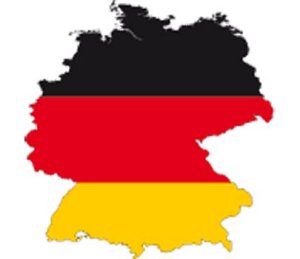On January 18 2017 the German government introduced a draft regulation to create sufficient regulations to deal with these risks by amending the existing fragmented provisions and establishing rules to liberalise the commercial use of drones.
Regulatory content
The draft regulation primarily differentiates between the weight of the drones:
- for drones weighing from 0.25 kilograms (kg) up to 2kg, owners must identify their name and address with a badge on the aircraft;
- for drones weighing more than 2kg, owners must also provide proof of their qualification to operate the aircraft; and
- for drones weighing more than 5kg, a special permit by the responsible aviation authority is mandatory.
It is strictly forbidden for drones to be used over several protected zones, including crowds, industrial plants, military buildings, prisons, scenes of police or emergency operations, residential buildings, airports, federal roads, waterways, railways and nature reserves. Use is also prohibited in case of any other kind of endangerment or obstruction.
Drones are generally forbidden from operation at a height of over 100 metres, except in cases of individual express permission,
Federal Council approval
Originally, it had been planned to strictly prohibit the use of any kind of drone outside the range of sight. The Federal Council approved the draft regulation on the condition that this rule apply to the commercial use of UAS. It is therefore possible to operate fully automated UAS over longer distances.
It was also a pre-condition for necessary Federal Council approval that special exceptions be established regarding the use of drones for private use on special model airfields. Except for the condition to mark the drone with a badge showing the owner’s name and address, all the other requirements are not applicable to drones for sporting use and private activities.
Comment
Regarding the basic Federal Council approval, the new regulation on drones is likely to enter into effect soon.
In addition to the necessity of a general regulation in order to avoid critical situations in the future – particularly regarding uncontrolled private use – the new regulation would allow commercial users to utilise technology which is more flexible and less limited than in the past.
Future experiences will show whether the regulations require amendment following the rapid development of technical possibilities and use. It will also be interesting to see whether the responsible aviation authorities have the capacity to perform sufficient controls, particularly regarding the fast-growing market for private use.
Source: ILO

